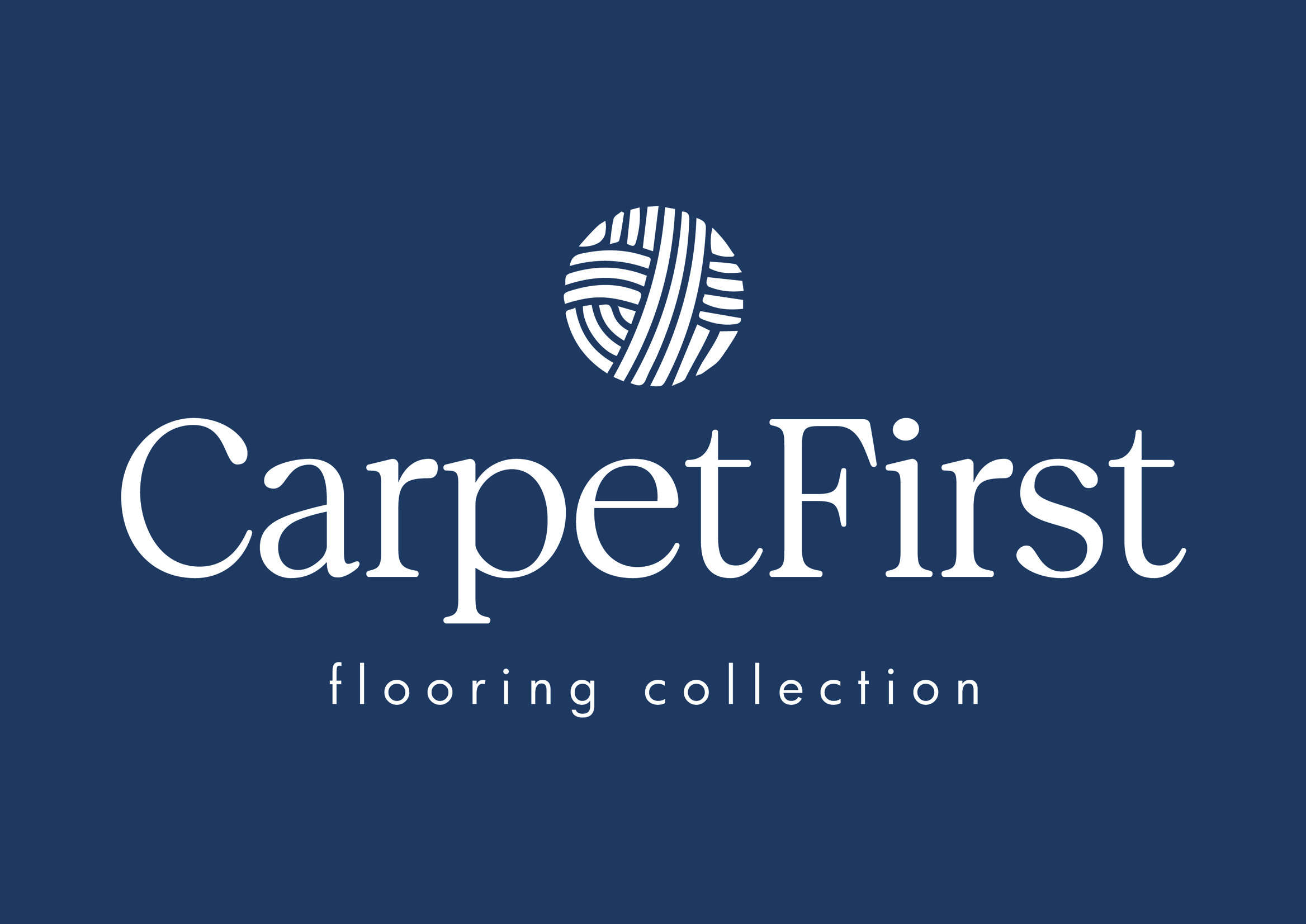Polyamide (Nylon)
Nylon is often added to wool to create a woolrich carpet with increased wear resistance, particularly in lower pile weights and densities.
Nylon’s molecular structure provides an extremely hard wearing fibre that by many is now considered the industry standard within commercial contract locations.
Polyester
Polyester carpet fibre gives a luxurious feel to thick, cut pile styles and it also provides a good depth of colour. However, it is not as resistant to flattening as some other fibres although it does wear well and provides good resistance to water-soluble stains.
Polypropylene
Polypropylene is becoming widely used in carpet manufacturing, either as part of a blend, or in its own right. While it withstands footfall well, it is not as resilient as other fibres. Polypropylene is highly stain resistant as the fibres are created in the colour of the carpet and are not dyed. Polypropylene carpets are so stain resistant they can be cleaned with bleach.
Silk
Being so delicate, silk is rarely used in carpet but it does bring a certain something to the finest handmade rugs, particularly those from the Middle East and Indian regions.
Jute
Used mainly in the backing of carpets from a traditional point of view, jute is gaining popularity as a natural fibre floorcovering and its depth of texture makes it great for rugs.
Coir
Coir is made from the fibres of coconut husks and it is a strong and resilient fibre. The husks are harvested and then soaked for months before being beaten into submission, washed and then dried. The pale yellow fibres are then spun into yarn that is then woven into flat weave carpeting or as many people will recognise it, into cut pile doormats that are great at removing dirt and moisture from soles.
Sisal
These are some of the toughest fibres in the business and unlike most natural fibres it can be dyed. When combined with wool, sisal can also take on a softer side and is being favoured by natural flooring manufacturers for its aptitude at creating colourful, natural floors.
Seagrass
Hailing from the paddy fields of China, Seagrass is a rapidly replenishing resource. Once the fields have been flooded with seawater, the fibre is harvested and spun into yarn that has an impermeable quality. While this makes it hard to dye, it also makes it relatively easy to care for.
